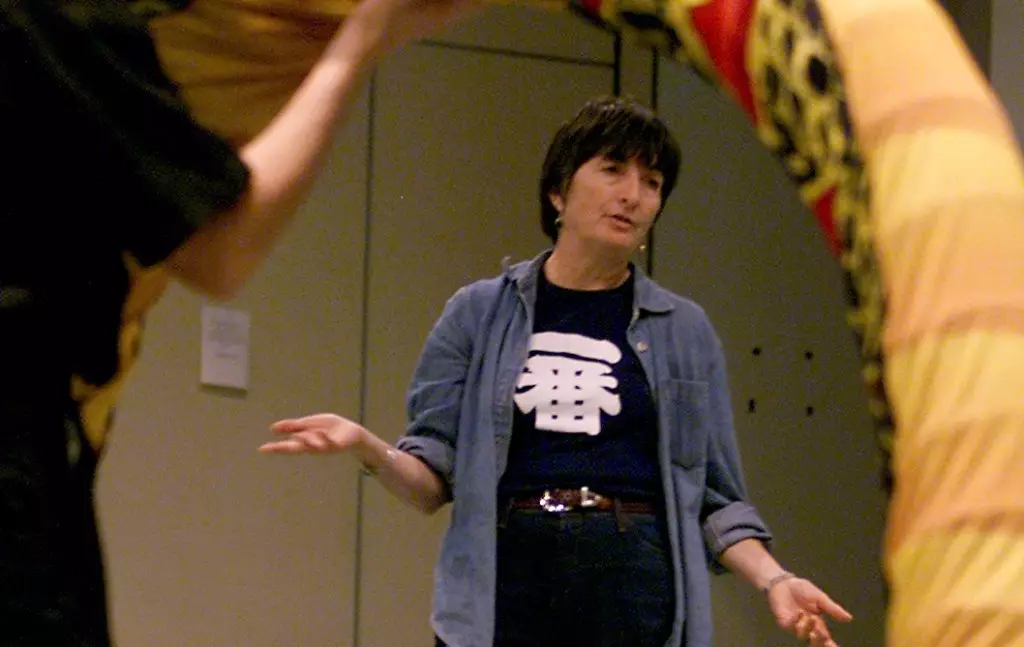Lynne Taylor-Corbett, a luminary in the world of choreography, left us on January 12 at the age of 78. Not just a creator of movement on stage, she was a transformative figure whose influence spanned Broadway, film, and beyond. Her legacy includes iconic performances and innovative collaborations, all echoing her vibrant spirit and artistic integrity.
A Choreographer’s Journey
Born Lynne Aileen Taylor on December 2, 1946, in Denver, Colorado, her path to prominence was marked with both triumphs and challenges. A young dreamer, Taylor-Corbett initially aspired to be a ballet dancer, ultimately training at the prestigious School of American Ballet in New York after high school. However, she candidly acknowledged that ballet was not her true calling; she famously stated, “I was never really suited to be a ballet dancer, but I had a gift for theatricality and movement.” This self-awareness became the cornerstone of her success, allowing her to pivot from dreams of classical ballet to the rich landscape of theatrical choreography.
By the early 1980s, Taylor-Corbett had begun carving out her niche, collaborating with prestigious institutions such as the American Ballet Theater and the New York City Ballet. Her choreography showcased a unique blend of classical technique and vibrant storytelling, captivating audiences and critics alike. This period marked the inception of a career that would see her working with several highly esteemed dance companies, affirming her versatility and skill in various dance genres.
Taylor-Corbett made her Broadway debut in 1981 with “Shakespeare’s Cabaret” and returned with notable works that highlighted her flair for choreographic innovation. One of her significant breakthroughs arrived in 1988 with the musical “Chess,” where her choreography was instrumental in crafting the show’s dramatic essence, despite its brief run. The years that followed saw her continue to ascend in the theatrical sphere, with projects like “Sally Marr… And Her Escorts,” where she worked alongside the late Joan Rivers, and the ambitious musical “Titanic,” which combined grandiosity with emotional depth.
One of Taylor-Corbett’s crowning achievements was the choreography and direction of “Swing!” in 1999. It was a Broadway celebration of jazz and swing, featuring timeless classics that resonated with both old and new generations. Her dual nomination for a Tony Award for this production underscored her ability to engage audiences not only through dynamic movement but also through a rich narrative experience. Her choreography for “Swing!” remains a testament to her understanding of rhythm, energy, and theatrical storytelling.
Lynne Taylor-Corbett’s influence extended beyond the stage into Hollywood, where she became synonymous with iconic dance sequences. Her collaboration with Kevin Bacon in “Footloose” (1984) produced one of the era’s most memorable dance moments — a scene that catapulted Bacon into stardom and showcased Taylor-Corbett’s knack for crafting infectious energy through choreography. This success paved the way for further film endeavors, including “My Blue Heaven” and “Vanilla Sky,” where her ability to integrate movement within narrative context remained a hallmark of her artistry.
Her contribution to dance not only shaped the performances of her time but also served as a blueprint for future choreographers. Taylor-Corbett seamlessly bridged the styles of Broadway and film, creating dance sequences that often became cultural touchstones and were frequently referenced, imitated, and celebrated.
Lynne Taylor-Corbett is survived by her son, Shaun Taylor-Corbett, and numerous siblings, all left to cherish her memory. She not only navigated the complexities of a male-dominated industry but also created spaces for female artists to thrive. Her artistic vision and tenacity influenced countless performers and choreographers, cultivating a lasting legacy that will inspire future generations.
As we reflect on the brilliance of Lynne Taylor-Corbett, it becomes evident that her contributions to the world of dance and theater transcended the visible. She redefined what it meant to be a choreographer, shaping the very fabric of American theatrical movement, and ensuring her place among the greats—an indelible mark that will continue to resonate in the artistic community for years to come.


Leave a Reply